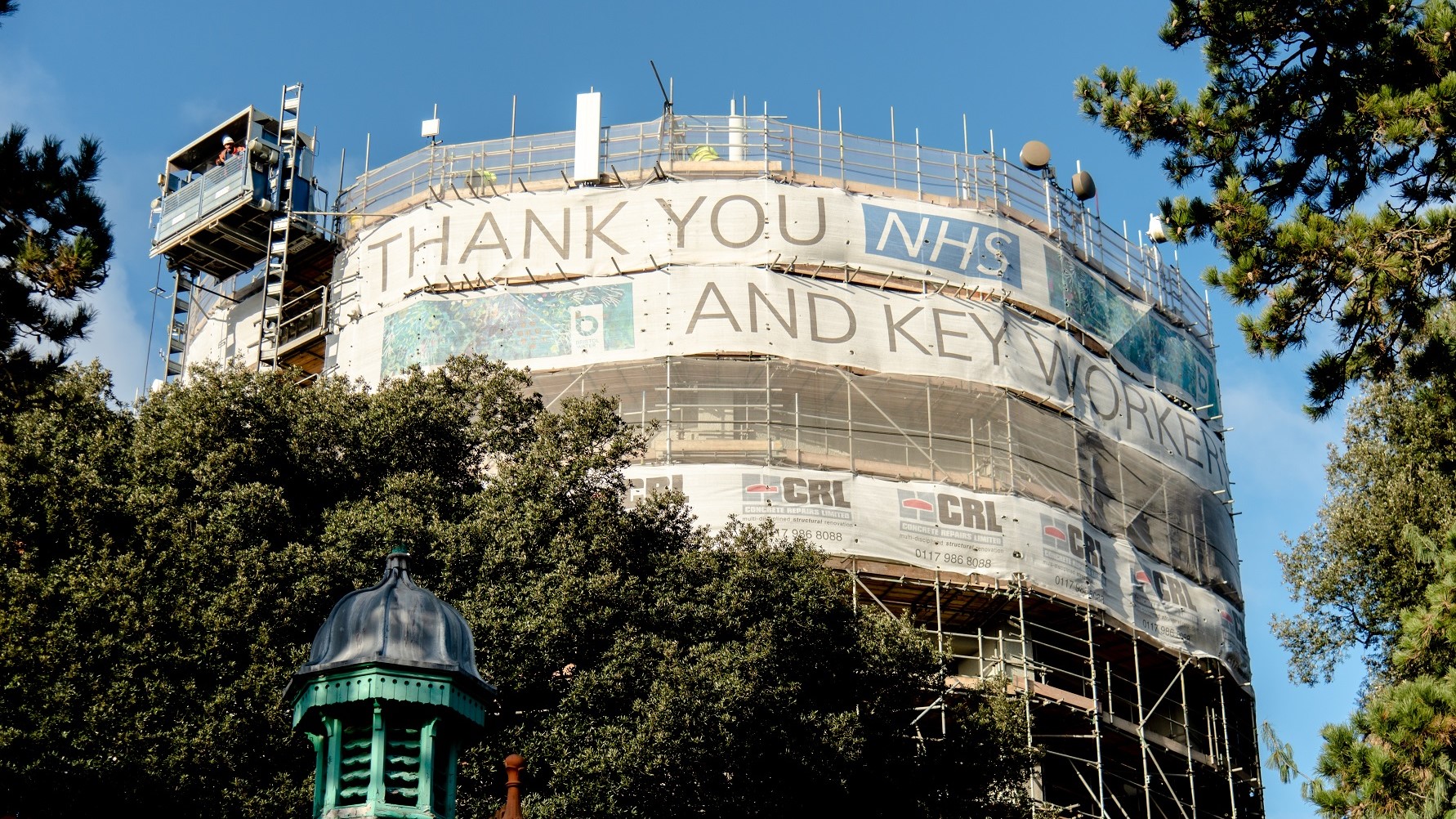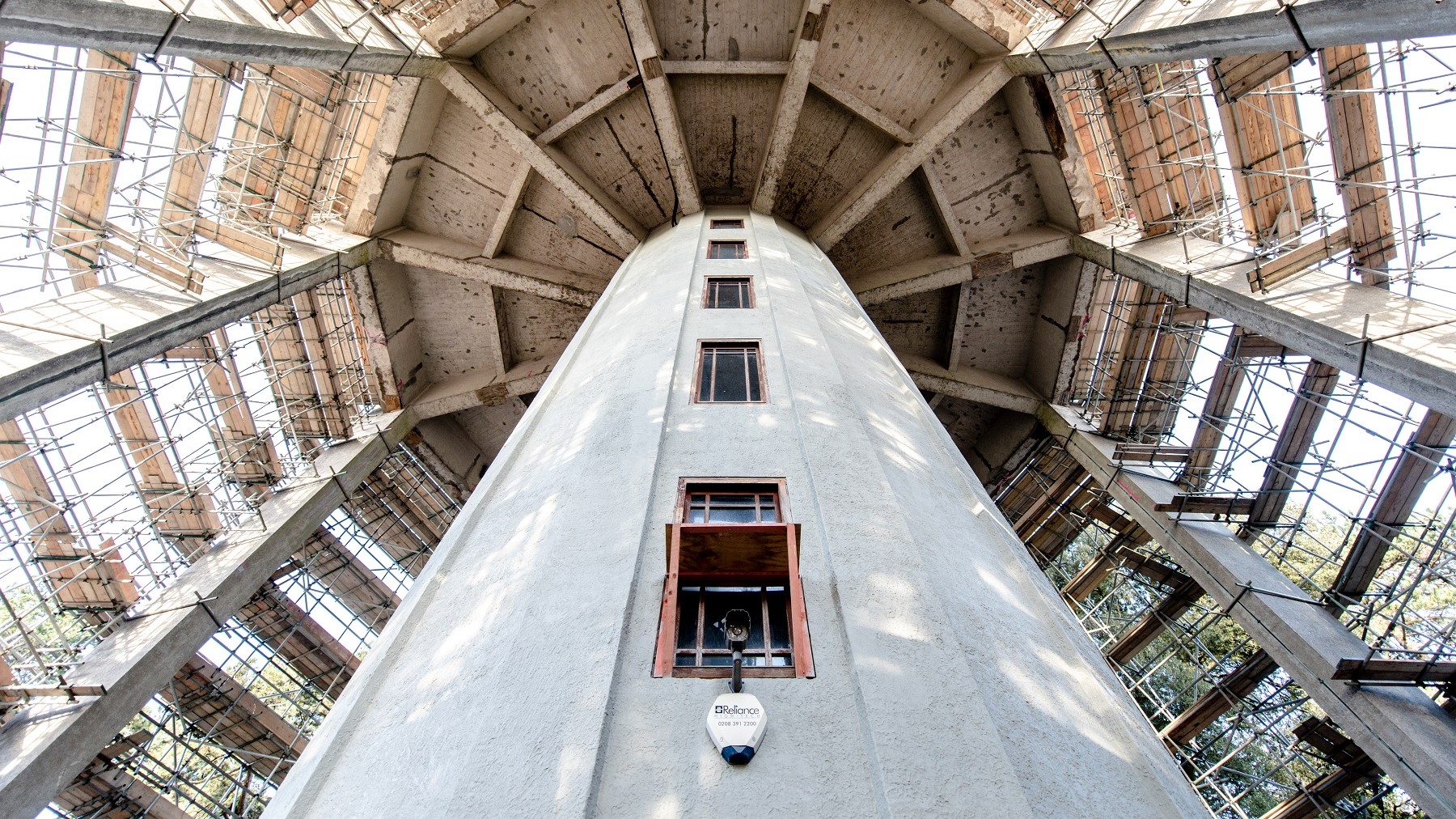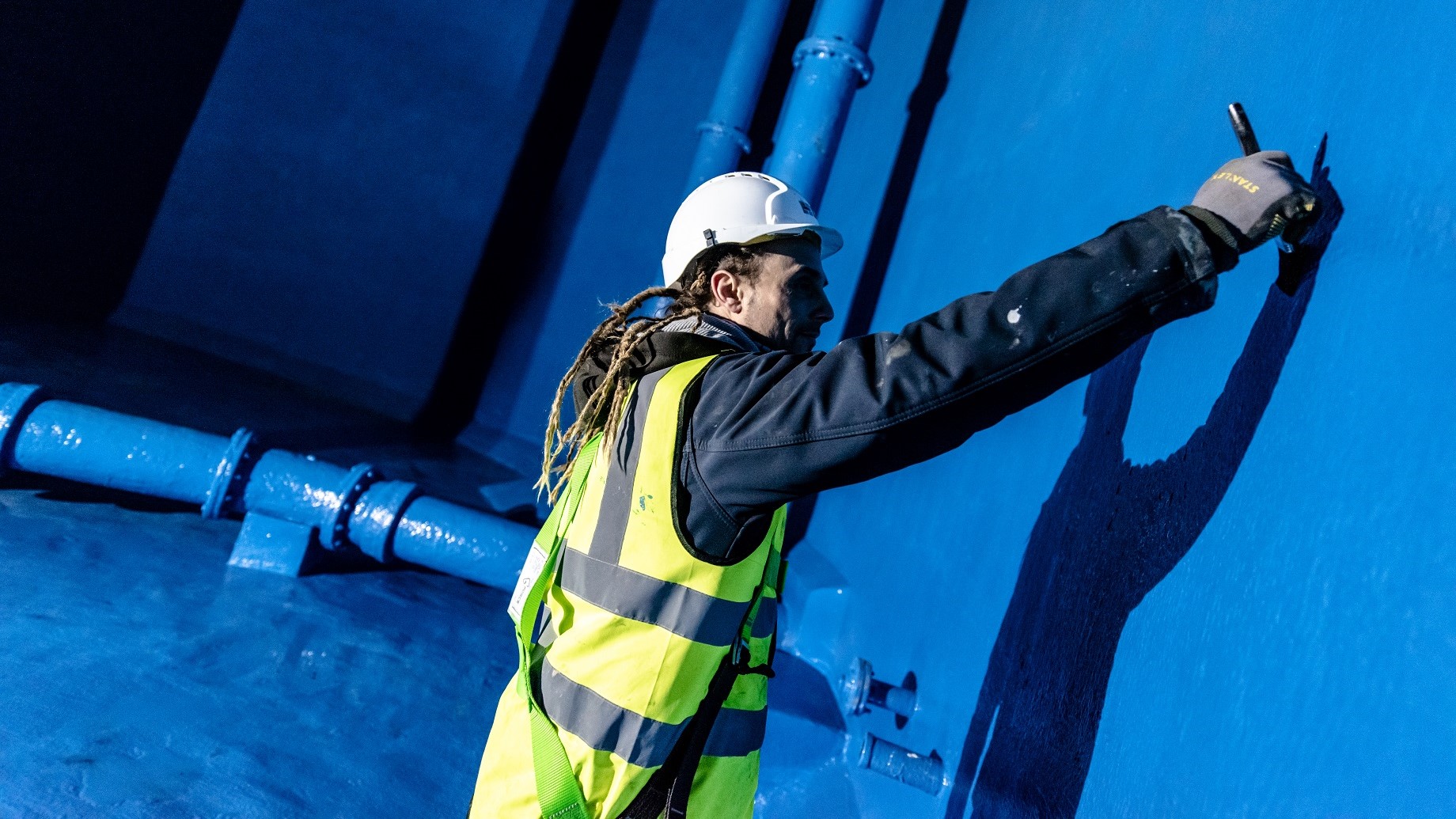With the emphasis over the past decade on carbon reduction, and the pressure on water companies to prove and maintain their sustainability, the repair and refurbishment, as opposed to demolish and replace, of concrete assets in the water industry remains the norm, but now with more prominence on whole life cycle assessment.
Water towers are an important part of this asset base and play a vital role in the supply of clean, potable water to the wider public. Often water towers tend to be older structures, many with local historical significance. Over the years these assets deteriorate and defects such as concrete spalling, cracking and degradation of the internal linings and roof membranes occur.
As with all water utility assets, water towers are required to be formally inspected on a regular basis. It is at this stage that any problems will be identified, and is a good time to bring in outside expertise from companies that deal with these issues on a regular basis. This could either be a ‘testing’ house, a specialist contractor, a material supplier, or all three. Initially an external visual assessment will give an indication of the type and extent of the repairs, or remedial works which will be required. However, to further clarify the scope of works, additional hammer testing and further exploratory works will help to formulate the refurbishment methodology.
Internally, due to the critical nature of water towers in the supply process, and the reluctance to take them out of commission for any length of time due to service level reductions, it is more challenging to carry out detailed condition surveys. More often than not, the internal surveys are carried out only once the towers have been taken out of service. At this stage the remedial options can be re-evaluated, and the final scope of works defined.
Such was the case with the Durdham Down Water Tower situated on Clifton Downs in Bristol.
The tower was constructed in 1954 and comprises of a twelve-sided reinforced concrete water tank with an inner and outer compartment supported on reinforced concrete fin piers and a reinforced concrete structure housing a concrete access staircase and landings. The total storage capacity is 2.73ML of potable water.
During one of the regular inspections in 2016, various defects were identified. In response, two concrete condition surveys were commissioned, one covering the internal condition of the tanks and another to assess the condition of the external structure. The overall condition was found to be good, although several areas were recognised as requiring repair work.
The internal survey revealed that the lining of the tank had been extensively patch repaired over the years, with remaining areas crazed and displaying some water seepage. The adhesion of the lining to the tank walls had also failed in some areas.
In order to carry out the works, a significant scaffold was required to be erected around the tower to enable access to the external elevations. A passenger goods hoist was also installed to the full height of the scaffold.
Internally the existing membrane was removed by hydro-demolition. The debris was then taken out of the tank using vacuum extraction. Cracks identified beneath the existing lining were banded with MasterSeal 930/933 Hypalon bandage system. All concrete surfaces within the tanks then received an initial cementitious overlay coat of Intercrete 4800 and then overcoated with 2 coats of Acothane DW protective coating.
Externally, all necessary concrete repairs were carried out and an anti-carbonation coating applied to all the exposed concrete areas. The roofs of the tanks were waterproofed using a Triflex membrane, and new windows were installed.
Additionally, the existing lighting system to all staircase and landing areas was upgraded, new roof perimeter handrails were installed, a new circular roof enclosure to the main access / egress area was fitted, and new handrails to all areas to the internal of the tower were installed.





